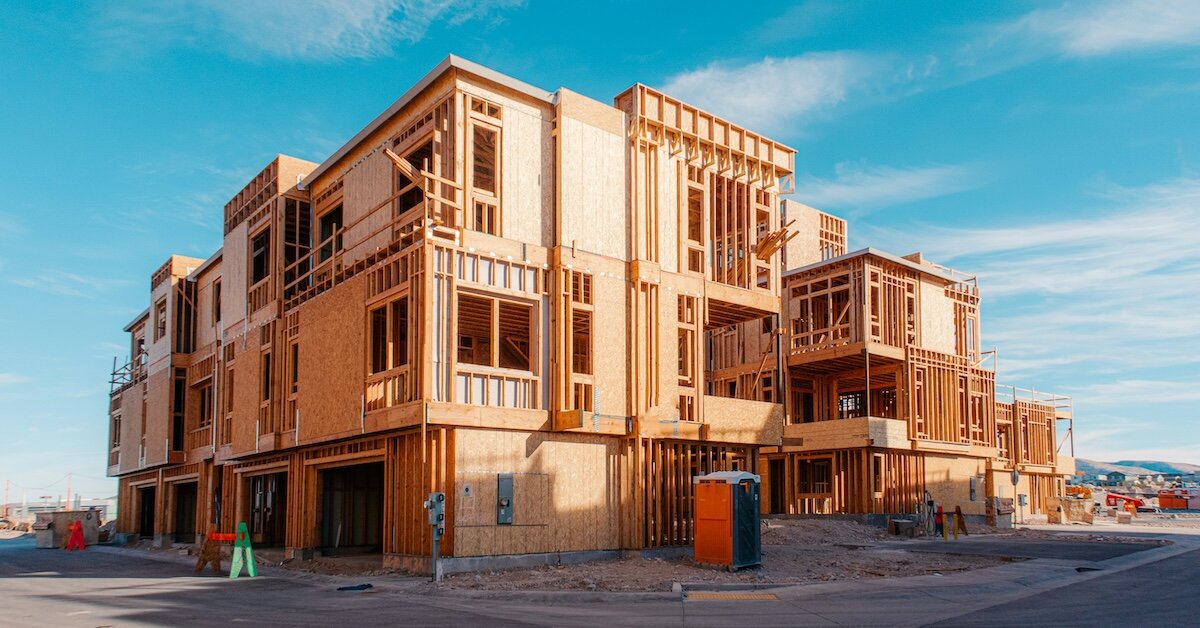What is DSCR: A Guide to Debt Service Coverage Ratio


Commercial real estate investing hinges on a variety of financial metrics. Among these, the Debt-Service-Coverage-Ratio (DSCR) is a critical tool for investors and lenders alike. It's a financial barometer gauging the health of an investment and its ability to cover debt obligations.
For CRE investors, understanding DSCR can mean the difference between securing favorable loan terms or facing financial roadblocks. This ratio, calculated by dividing Net Operating Income (NOI) by Total Debt Service, reveals an investment's potential profitability and viability.
Understanding debt-service-coverage-ratio is not just about crunching numbers. With a solid understanding of the formula, commercial real estate investors are better equipped to navigate financial decision-making, assess risk accurately, and, ultimately, steer their investments toward greater profitability.
In this article, we will dive deeper into the mechanics of DSCR, its role in various scenarios, and its advantages and disadvantages, equipping you with the knowledge you need to make more informed investment decisions.

What Is Debt-Service-Coverage-Ratio (DSCR)?
DSCR Formula
- Net Operating Income (NOI): This is the total income generated by a property after deducting all operating expenses. Operating expenses include marketing expenses, maintenance costs, management fees, leasing commissions, tenant improvements (TIs), and insurance but do not include debt payments, income taxes, or depreciation. The NOI gives investors a clear picture of the property's profit potential.
- Total Debt Service: This is the total amount of current debt obligation, including both principal and interest payments on all loans for the property. It represents the financial responsibility that the investor has towards lenders.
A DSCR greater than 1 indicates that the property generates enough net income to pay its debt obligations. Conversely, a DSCR less than 1 suggests that the NOI is insufficient.

How To Calculate DSCR
Here's a step-by-step guide on how to calculate the debt-service-coverage ratio. For this example, we'll assume a property is purchased for $1.5 million with a down payment of 30%, and the NOI is $90,000 per year:
Identify the Net Operating Income (NOI)
The NOI is the annual revenue from the property minus all operating expenses. In our example, the NOI is given as $90,000 per year.
Determine the Total Debt Service
Calculate the DSCR
When Is Debt-Service-Coverage-Ratio Used?
New Financing
When buying new properties, investors often seek financing to cover a substantial part of the purchase price. Here, lenders use the DSCR as a risk assessment tool:
- Loan Approval: Lenders look for a DSCR greater than 1, indicating that the property's net operating income can comfortably cover the loan repayments. A higher DSCR increases an investor's chances of securing a loan.
- Interest Rates & Terms: Besides affecting loan approval, DSCR can also influence the loan terms. A higher NOI or consistent cash flow might result in more favorable terms, such as a lower interest rate or a smaller down payment requirement, thereby reducing the loan cost.
- Loan Amount: Lenders may also use DSCR to determine the maximum loan amount. They calculate the loan amount to align the DSCR with their risk threshold. A property with a high NOI could potentially secure a larger loan.
Refinancing
Refinancing replaces an existing loan with a new one, usually to benefit from lower interest rates or better loan terms. The DSCR plays a vital role in this process:
- Refinancing Approval: Like new financing, lenders will reassess the DSCR during refinancing. An improved DSCR—perhaps due to increased rental income or decreased expenses—can improve the chances of loan approval.
- Negotiating Power: A higher DSCR when refinancing can give the borrower more negotiating power. They could potentially secure a lower interest rate, extend the loan term, or even cash out some of the property's equity.
- Prepayment Penalties: Some loans have prepayment penalties if the loan is paid off before the end of its term. If the DSCR has improved significantly, the savings from refinancing could outweigh these penalties, making it financially viable to refinance.

Advantages of DSCR
- Financial Health Indicator: DSCR provides a clear snapshot of a property's ability to generate enough income to cover its debt obligations. A high DSCR indicates that the property is generating sufficient income relative to its debt, signaling a healthy investment.
- Risk Assessment Tool: Lenders heavily rely on DSCR when assessing the risk of granting a loan. A higher DSCR can reassure lenders of an investor's ability to repay the loan, thereby increasing the chances of loan approval.
- Negotiation Leverage: A strong DSCR can give investors leverage during loan negotiations. It can potentially secure more favorable loan terms, such as lower interest rates or relaxed down payment requirements.
- Future Planning: DSCR can help investors anticipate future financial performance. By tracking changes in DSCR over time, investors can identify trends and make informed decisions about property management, pricing, and even potential sale timing.
Disadvantages of DSCR
- Single Metric Limitation: While DSCR is a valuable tool, it should not be used in isolation. It does not account for other important factors such as property condition, market conditions, or potential future capital expenditures. Investors should consider these aspects alongside DSCR for a comprehensive evaluation.
- Vulnerable to Market Conditions: DSCR is based on the Net Operating Income (NOI), which can fluctuate with market conditions. Changes in occupancy rates, rental prices, or operating expenses can significantly impact the NOI and, consequently, the DSCR.
- Not a Profit Indicator: DSCR measures the ability to cover debt service, not profitability. A property may have a high DSCR but low profitability due to high operating costs, low rental income, or other factors.
- Misleading in Case of Variable Rate Loans: For properties with variable rate loans, the DSCR can be misleading. As interest rates fluctuate, so too will the debt service, potentially affecting the DSCR and the perceived financial health of the property.

Other Important Metrics To Consider
The Debt-Service Coverage Ratio is a fundamental tool in evaluating property investment. However, would-be buyers should not use it in isolation. A comprehensive assessment requires considering other financial metrics that provide additional insights into the property's performance and potential risks.
Loan-to-Value Ratio (LTV)
Cash-on-Cash Return
Capitalization Rate (Cap Rate)










